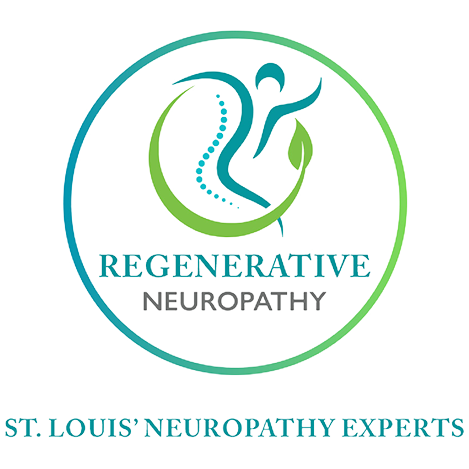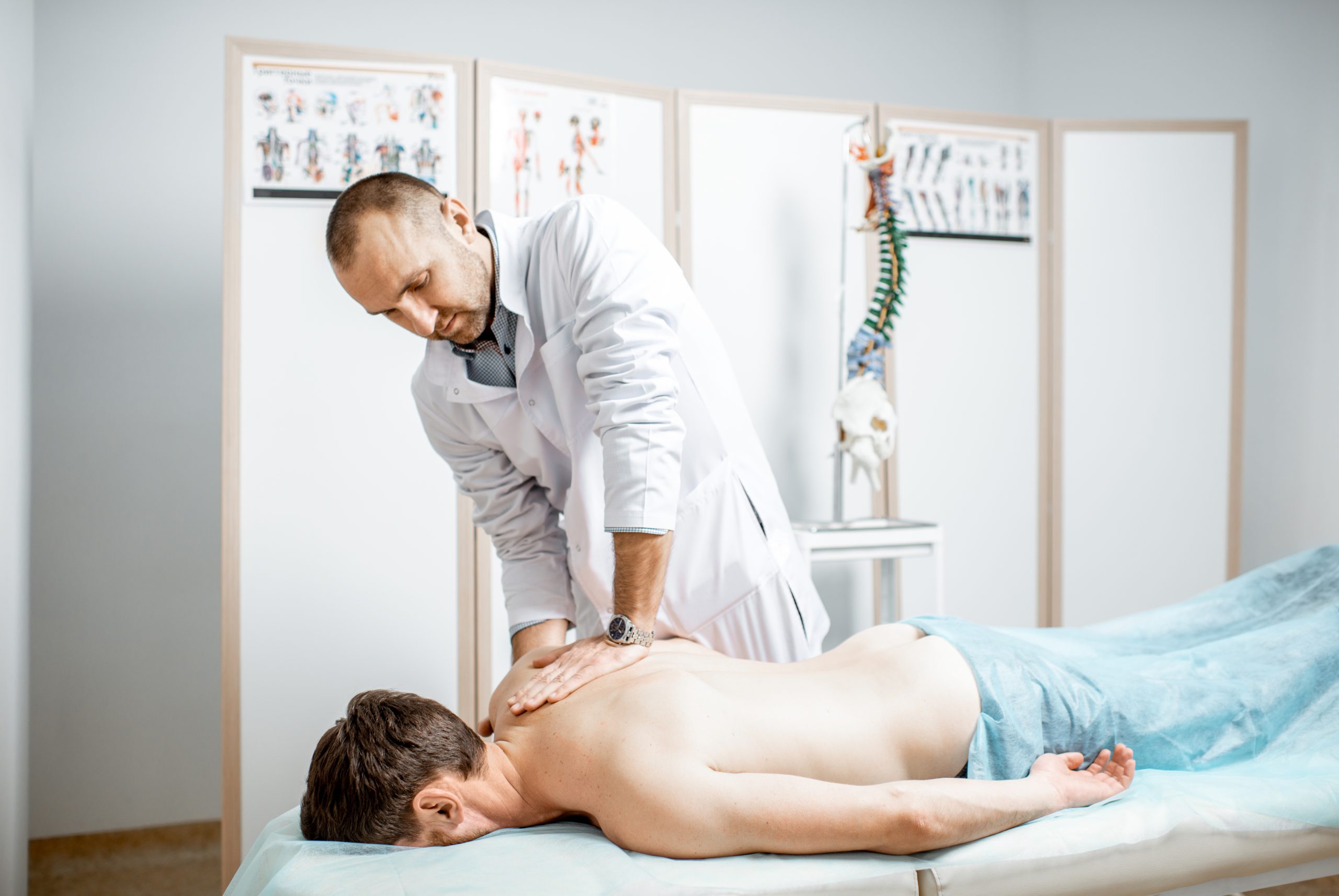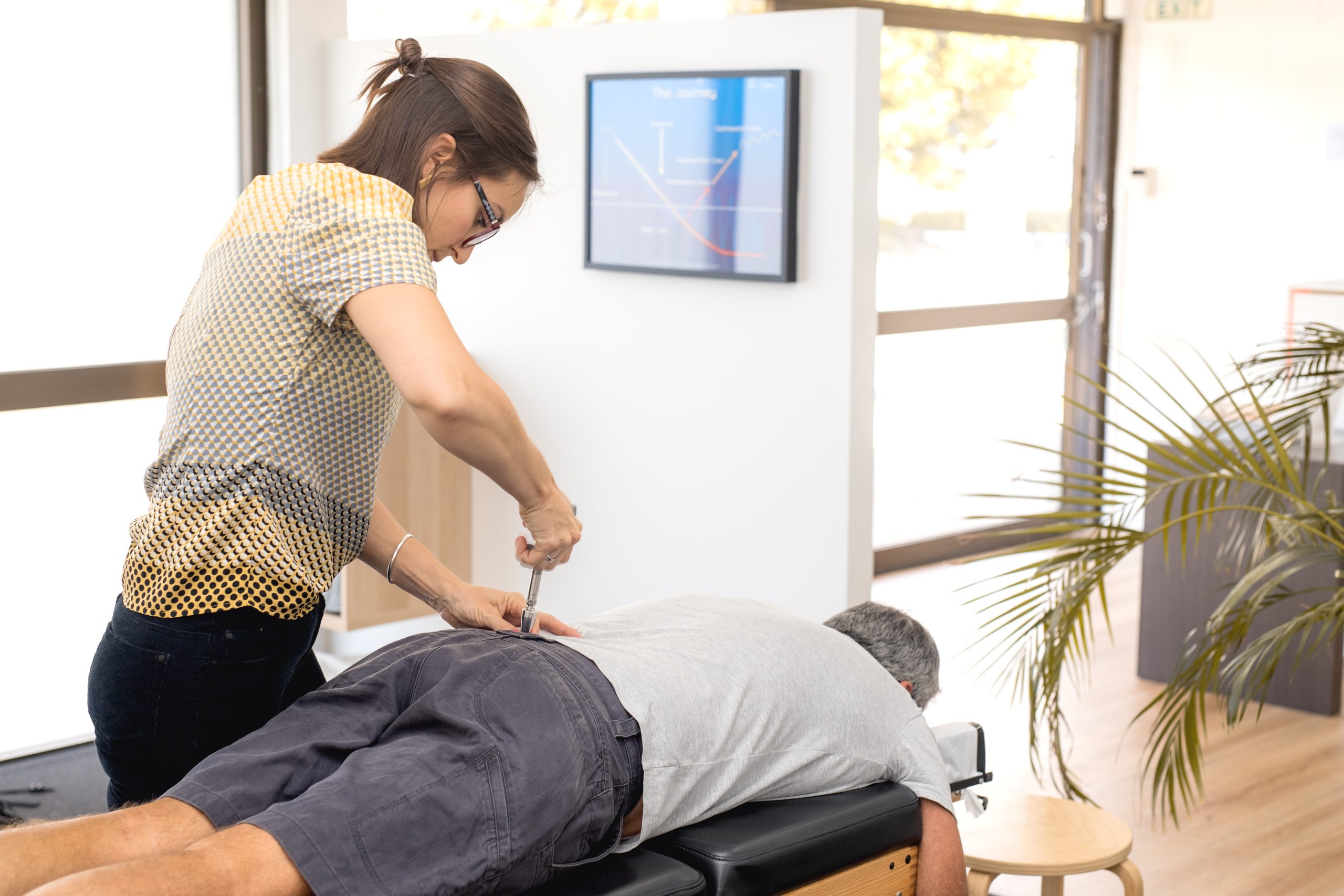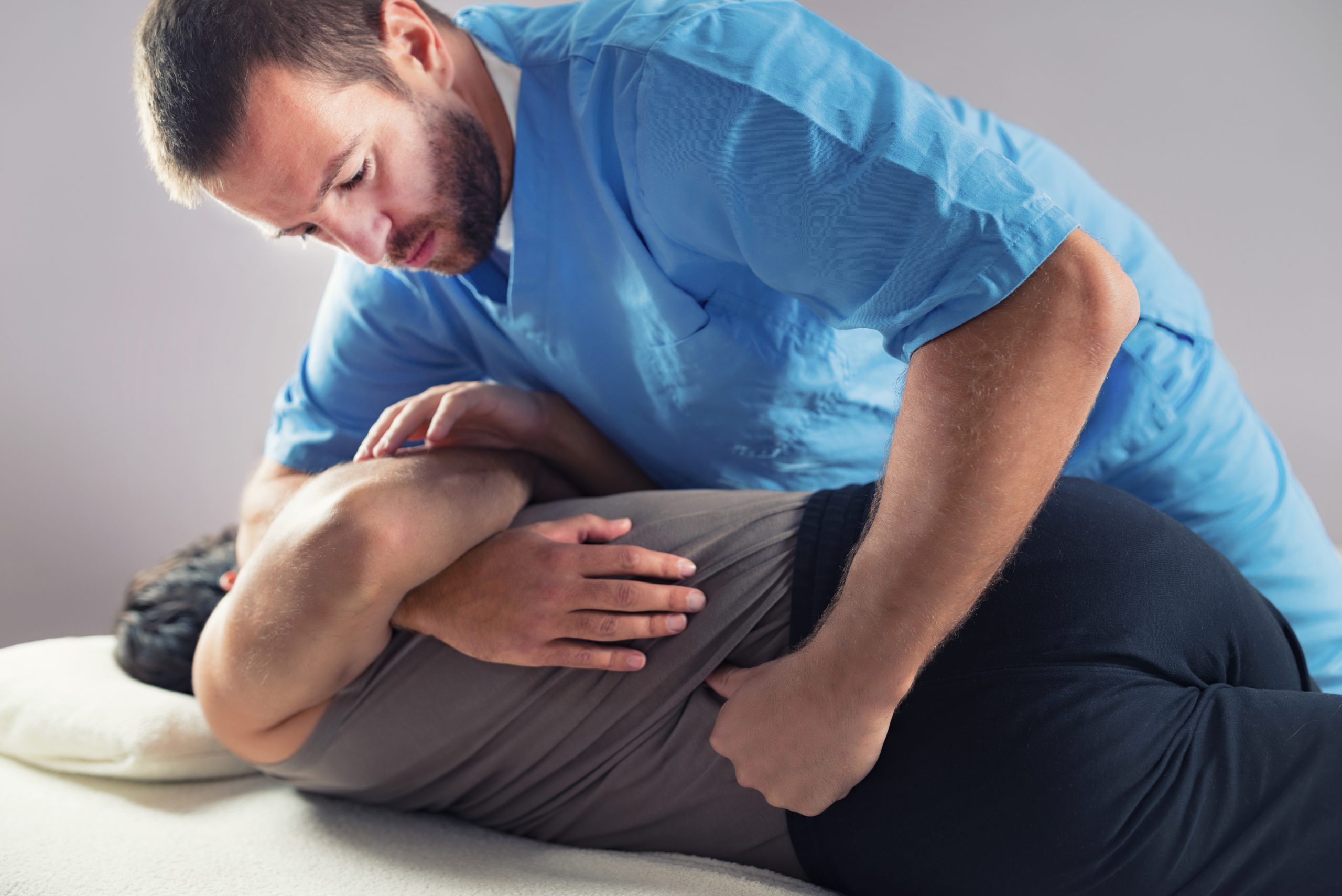As spinal decompression therapy gains popularity for treating herniated discs, sciatica, and chronic back pain, many people wonder if they can achieve the same results at home. While spinal decompression at home is possible with a home decompression machine, there are important differences to consider when comparing it to clinical, in-office treatments. In this post, we’ll weigh the pros and cons of each approach so you can decide which option may be right for your condition and lifestyle.
Clinical Spinal Decompression: The Professional Approach
In a clinical setting, spinal decompression is performed using advanced, FDA-cleared machines such as the DRX9000 or Triton DTS. These machines use computer-guided technology to gently stretch and relax the spine in cycles, relieving pressure on spinal discs and nerves. A licensed provider oversees the treatment, tailoring each session to the patient’s needs and response.
Pros:
- Precise, adjustable force based on real-time feedback
- Supervised by trained professionals
- Custom treatment plans
- Integrated with other therapies like chiropractic care or physical therapy
Cons:
- Requires multiple appointments
- May be more expensive over time (if not covered by insurance)
- Inconvenient for those with limited access to a clinic
Spinal Decompression at Home: Convenient but Limited
Home decompression machines include inversion tables, over-the-door cervical traction devices, or portable lumbar stretchers. These devices aim to relieve spinal pressure using gravity or manual adjustments.
Pros:
- Affordable one-time purchase
- Convenient and accessible anytime
- Can supplement professional treatment
Cons:
- Lacks the precision and adjustability of clinical machines
- No professional monitoring (risk of overuse or incorrect positioning)
- May not be suitable for moderate to severe spinal conditions
- Not ideal for individuals with heart disease, high blood pressure, or balance issues (in the case of inversion tables)
Frequently Asked Questions
Q: Can I treat my herniated disc with a home decompression machine?
A: Mild cases may see some relief, but clinical decompression is more effective for targeting specific disc issues.
Q: Are inversion tables safe?
A: They can be helpful for some users, but they’re not safe for everyone. Always consult your doctor before starting.
Q: Should I do both clinical and at-home decompression?
A: Yes, some patients use home devices between professional sessions to maintain progress and comfort.
Conclusion: Choose What Works for You
Both clinical and home spinal decompression options have their place. Clinical treatments offer precision, safety, and expert guidance, making them ideal for more complex or severe spinal conditions. Home decompression machines can be a convenient, low-cost solution for mild discomfort or maintenance between professional sessions.




